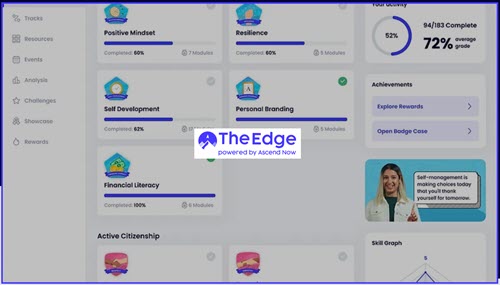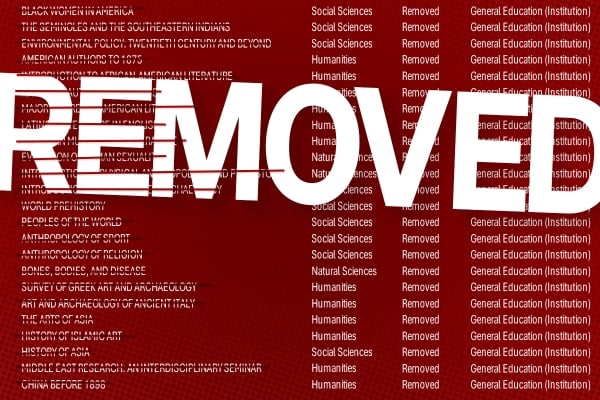The Regulation of Franchise Provision
The Government have opened a consultation on the regulation of franchise provision, proposing that all franchisees (delivery partners) with more than 300 students should be regulated by the Office for Students (OfS). Smaller providers will not need to be regulated; larger providers that the OfS does not register in time will not be able to access student finance.
Regulating delivery partners is a positive step forward and the sector should welcome the Government’s proposals. Indeed, my colleagues and I called for just such a move in a recent HEPI report. But whether these proposals will work in practice depends on at least three different aspects of implementation: registration; quality; and duplication of regulation.
Registration
The Government propose delivery partners will need to have successfully registered with the OfS by September 2027 for their 2028/29 courses to be designated for student finance. In theory, given the Government’s final approach will be confirmed in the summer of 2025, delivery partners ought to have two years in which to meet the OfS’s conditions of registration.
However, the practice is likely to be very different. The OfS advise its timescale for registering a new provider is in the range of 41-to-50 weeks, implying delivery partners would need to apply no later than September 2026. But controversially the OfS have temporarily closed applications for registration and changes to the category of registration, including acquiring Degree-Awarding Powers and University Title. Applications are expected to reopen in August 2025, but the OfS is keeping this under review. When applications do reopen, the OfS will stagger recommencing existing cases. It is likely to face an influx of new applications too. Moreover, the sector’s financial pressures, which forced the temporary closure in the first place, will not have gone away. So, there is a very real concern that the OfS will be unable to admit franchisees to the Register quickly enough.
The consequences of not registering a larger delivery partner in time are potentially catastrophic. Even though existing students would retain access to student finance, some delivery providers would simply be unable to continue operating. This kind of failure would be catastrophic for students and for some franchisors (lead partners). If implemented in the wrong way, the Government’s proposals would simply introduce new and equally serious concerns for the financial sustainability of institutions.
There is an alternative, and one which would give stability to students and institutions. The OfS could open a new section of the Register for delivery partners – a probationary register – with more limited initial conditions of registration. This would enable the OfS to meet the Government’s intended timeframe and, critically, start engaging with delivery partners early, setting and agreeing action plans, for example. Delivery partners would then need to move from the probationary register to the full Register within a defined period – two years, for instance.
Quality
Many delivery partners operate in geographic and demographic cold spots. As the Minister for Skills, Baroness (Jacqui) Smith, puts it in the consultation:
good quality franchising has the potential to help more students access higher education, reaching areas under-served by other providers and tailoring delivery models to meet diverse needs.
At my University, delivery partners typically recruit an under-served population segment: 95% are mature entrants; two-thirds are from IMD quintiles 1 or 2. These partners therefore serve a striking demographic intersection. We know that continuation rates across the whole sector are affected by these factors: the OfS data dashboard indicates they suppress continuation rates by 8 percentage points and 5 percentage points respectively. Assuming these factors are independent, the probability of a mature entrant from quintiles 1 or 2 continuing is around 71%, much lower than the OfS threshold.
Registering with the OfS rightly involves an assessment of quality and standards, but the OfS’s current model of quality is too rigid for those operating within such niche demographics. To assess delivery partners, the OfS will need to reconsider carefully how it approaches quality.
Duplication of Registration
The Government’s proposals also include another element which is welcome, that which seeks to remove duplicate regulation. Where a delivery partner is already regulated, state-funded schools or further education colleges, for example, the Government proposes they would not also need to register with the OfS.
There are questions here too about the detail of implementation. Is it right, for example, that those Police and Crime Commissioners who are also delivery partners, need no further regulation in respect of quality and standards? But mostly what is worrying about this aspect of the proposals is the suggestion that delivery and lead partners should both be accountable for delivery. This seems straightforwardly an area of duplicated regulation and it is not clear how it would work in practice. Instead, the OfS should consult with delivery and lead partners to identify those aspects of delivery appropriate for dual accountability and those to which either the lead or the delivery partner will be held accountable.
Summary
In sum, the sector should welcome these proposals. The Government has clearly listened to the argument that franchise provision, when done well, brings many benefits, and has endorsed that position. There is still a need for a robust, sector code of practice; and the implementation of the Government’s ideas will be critical. But if it continues to listen during the consultation phase we should have every expectation that good quality franchise provision will continue to be supported and the concerns of stakeholders properly addressed.











 Empower Parents and Students Through School Choice
Empower Parents and Students Through School Choice 